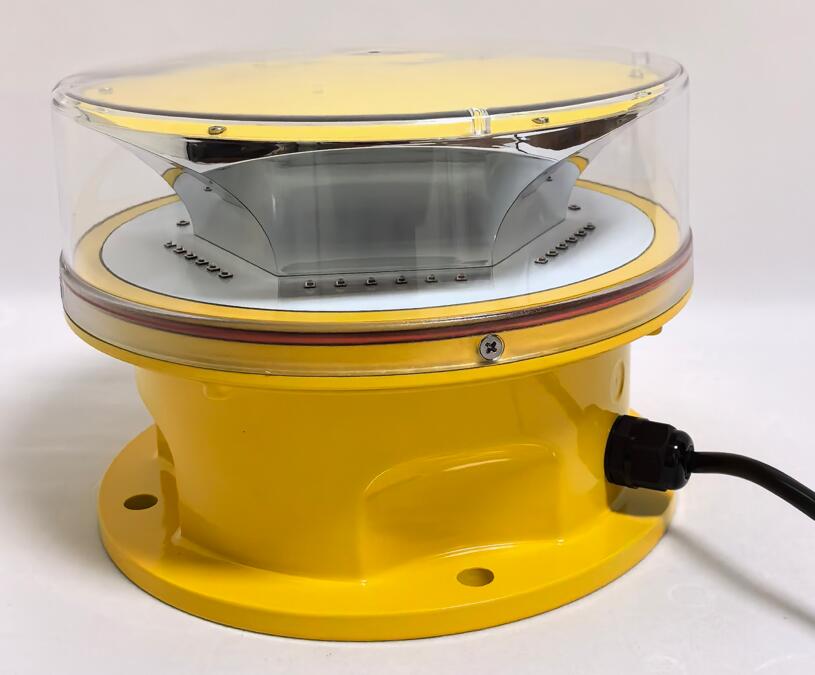Posted: 2025-05-16
The rhythmic glow of a flashing red light air traffic control tower serves as both a navigational beacon and a symbol of aviation authority at airports worldwide. These distinctive visual markers perform critical safety functions while communicating vital information to pilots. More than just illumination, the flashing red light air traffic control tower represents a carefully engineered system that meets stringent international standards. This article examines the technical specifications, operational protocols, and evolving technologies behind these essential aviation safety features.
The Critical Role of Tower Lighting Systems
Primary Safety Functions
Visual Identification: Allows immediate tower recognition from 5+ miles away
Obstruction Warning: Marks the tower structure for approaching aircraft
Operational Status Indicator: Communicates active control periods

Emergency Signaling: Provides visual alerts during system failures
Technical Performance Standards
Modern flashing red light air traffic control tower systems feature:
20-40 flashes per minute frequency (ICAO standard)
360-degree horizontal visibility
15° vertical light dispersion
10+ mile daytime visibility range
Component Breakdown
Light Source Technology
LED arrays (90% energy efficient vs traditional bulbs)
| Flashing Red Light Air Traffic Control Tower |
Xenon strobes (for backup systems)
Hybrid power systems (solar/grid/battery)
Control Systems
Automated brightness adjustment
Synchronized flash patterns
Remote monitoring capabilities
Fail-safe redundancy systems
Regulatory Compliance Framework
International Standards
ICAO Annex 14 (Aerodromes)
FAA AC 150/5345-43 (Specification for Obstruction Lighting Equipment)
EASA CS-ADR-DSN (Aerodrome Design Certification Specifications)
Certification Requirements
Photometric performance testing
| Flashing Red Light Air Traffic Control Towers |
Environmental stress testing (-40°C to +70°C)
Water immersion (IP67 rating)
Vibration resistance certification
Operational Considerations
Installation Best Practices
Height optimization relative to tower structure
Multiple mounting points for full coverage
Lightning protection systems
Anti-icing mechanisms
Maintenance Protocols
Monthly photometric verification
Quarterly cleaning cycles
Annual component replacement
5-year major system overhaul
Innovative Developments
Next-Generation Technologies
Adaptive brightness control (responding to ambient conditions)
Aircraft-activated lighting (reducing light pollution)
Predictive maintenance systems (IoT-enabled monitoring)
Holographic identification (experimental 3D markers)
Sustainability Improvements
Solar-powered autonomous units
Recyclable component designs
Energy-harvesting technologies
Special Operational Scenarios
Low-Visibility Conditions
Intensity boost protocols
Secondary lighting activation
Enhanced flash patterns
Emergency Situations
Backup power activation
Distinctive emergency flash sequences
Manual override capabilities
Future Evolution
Integration with Digital Systems
ADS-B compatible signaling
Drone traffic coordination
Augmented reality overlays
Advanced Materials
Self-cleaning optical surfaces
Nano-coated weatherproofing
Graphene-enhanced components
The flashing red light air traffic control tower remains an indispensable element of global aviation infrastructure, blending time-tested reliability with cutting-edge technology. As airports evolve into smarter, more connected facilities, these visual beacons will incorporate advanced communication capabilities while maintaining their fundamental safety purpose. The future will see flashing red light air traffic control tower systems become more adaptive, sustainable, and integrated with digital air traffic management - ensuring they continue to serve as unambiguous visual guides in an increasingly complex airspace environment. Their distinctive pulsating glow will remain synonymous with aviation safety for decades to come.